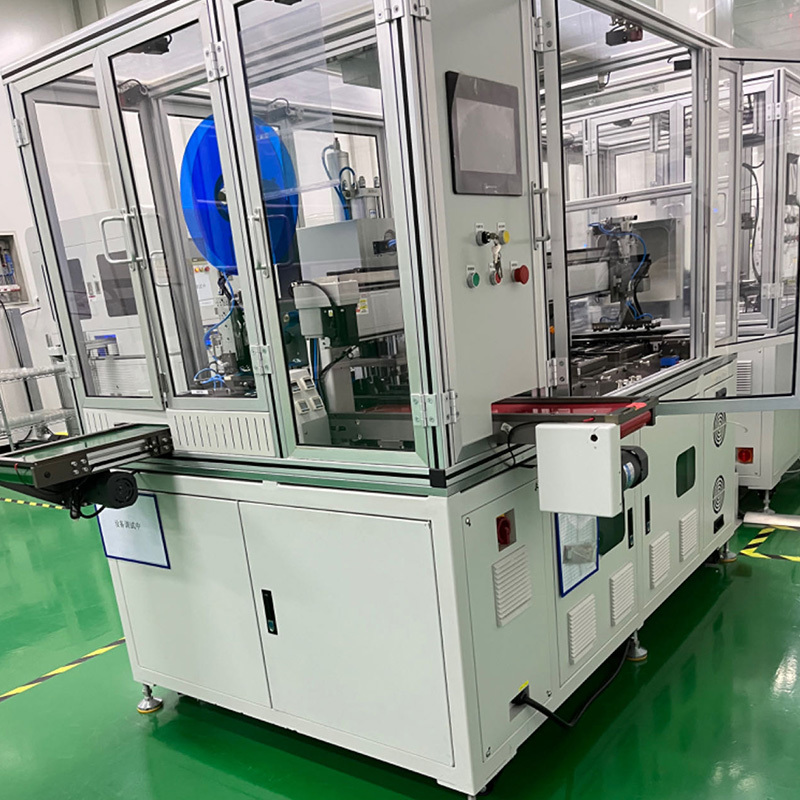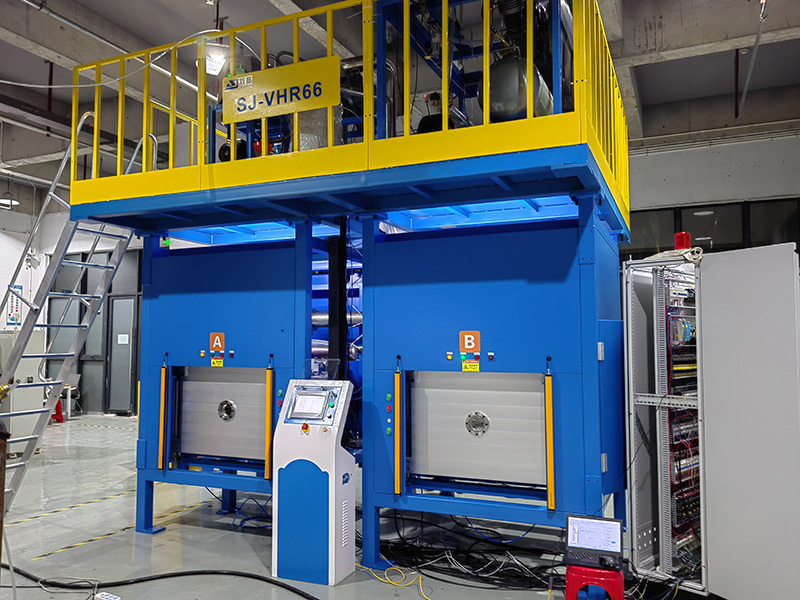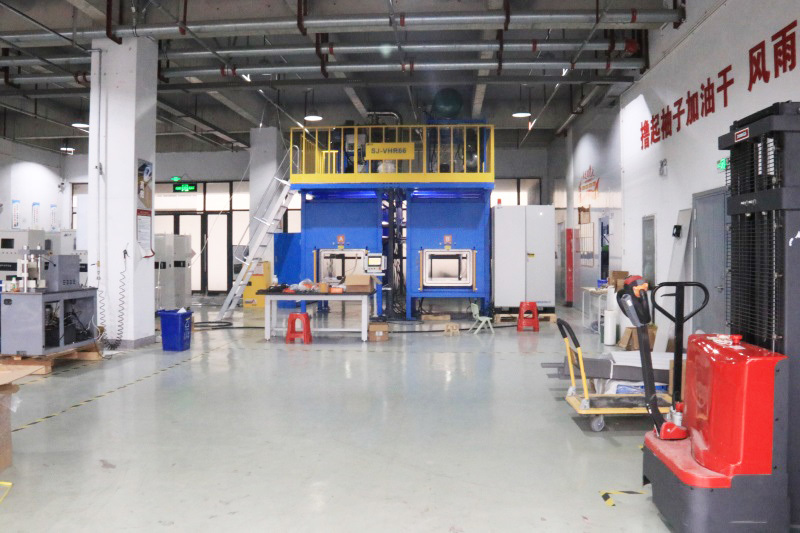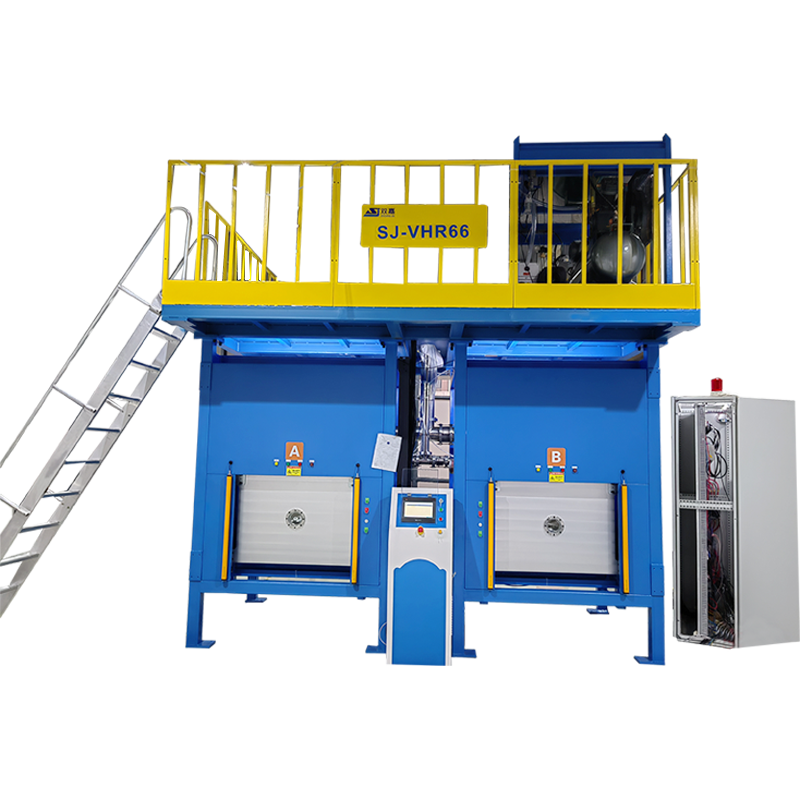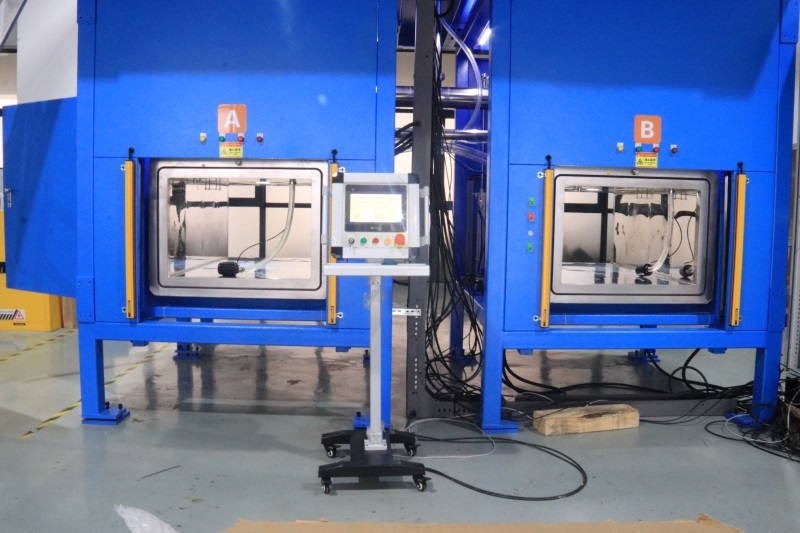Information Details
Maximize Efficiency and Cost-Effectiveness Through Helium Reuse in Leak Testing Systems
Maximizing Output with Helium Reuse in Leak Testing Systems Introduction to Helium Leak Testing Leak testing is a critical component in various industries, including pharmaceuticals, manufacturing, and aerospace. This process ensures that products are sealed correctly and function as intended. **Helium leak detection** stands out as one of the most sensitive and reliable methods available today. U
Release time:
2025-07-08
Maximizing Output with Helium Reuse in Leak Testing Systems
Introduction to Helium Leak Testing
Leak testing is a critical component in various industries, including pharmaceuticals, manufacturing, and aerospace. This process ensures that products are sealed correctly and function as intended. **Helium leak detection** stands out as one of the most sensitive and reliable methods available today. Utilizing helium for leak testing not only guarantees precision but also minimizes the risk of contamination, making it the preferred choice for many applications.
Understanding Helium's Role in Leak Testing Systems
Helium is a distinct element characterized by its low molecular weight and inert properties, which make it an ideal gas for leak detection. When used in leak testing, helium is introduced into a system, and its escape routes are monitored. The primary advantages of helium in these systems include:
High Sensitivity
Helium leak testing can detect leaks as small as 1 x 10^-11 mbar L/s, far surpassing other methods. This sensitivity is crucial in industries where even the slightest imperfection can result in failure.
Non-toxic and Non-reactive
Helium is safe to use in various environments, including those involving sensitive materials. Its inert nature means it won't react with other substances, preserving product integrity during testing.
Versatility Across Industries
From automotive to medical devices, helium leak testing finds applications across multiple sectors, ensuring the reliability and safety of critical systems.
Cost Implications of Helium Usage
Despite its effectiveness, helium can be expensive, particularly as global supplies become more limited. Therefore, optimizing helium usage through reuse strategies is essential for reducing costs while maintaining testing efficacy.
Helium Cost Trends
The pricing of helium has seen significant fluctuations due to supply and demand factors. As industries strive to keep operational costs low, implementing helium reuse techniques can offer substantial savings.
The Importance of Helium Recovery Systems
Helium recovery systems capture and recycle the gas used during leak testing, allowing it to be reused in subsequent tests. This approach significantly reduces the need for new helium purchases, thus cutting costs and conserving resources.
Implementing Helium Reuse Strategies
To maximize output and efficiency in leak testing systems, businesses should consider several strategies for helium reuse:
1. Invest in Advanced Helium Recovery Equipment
Modern recovery systems are designed to efficiently collect and purify helium, ensuring minimal loss during the testing process. Investing in high-quality recovery equipment can yield long-term savings and efficiency gains.
2. Optimize Testing Procedures
Streamlining your testing protocols can enhance helium usage. Adopting a systematic approach by identifying potential leaks and focusing testing efforts on high-risk areas can lead to more effective use of helium.
3. Regular Maintenance of Equipment
Regular maintenance of both testing and recovery equipment is crucial for maintaining optimal performance. Routine checks and preventive maintenance can prevent leaks and ensure the efficient operation of helium recovery systems.
4. Training Personnel on Best Practices
Equipping staff with the knowledge and skills to effectively utilize helium testing and recovery can greatly enhance performance. Regular training sessions can ensure that all members understand the importance of helium conservation and the proper use of testing equipment.
Challenges in Helium Reuse
While implementing helium reuse strategies is beneficial, certain challenges may arise. Recognizing these hurdles can help businesses mitigate risks effectively.
1. Equipment Compatibility
Not all leak testing systems are designed with helium recovery in mind. Ensuring compatibility between existing equipment and new recovery systems is essential for seamless integration.
2. Initial Investment Costs
The upfront costs associated with acquiring recovery systems and upgrading existing equipment may deter some businesses. However, a thorough cost-benefit analysis often reveals that the long-term savings outweigh initial expenditures.
3. Quality Control Concerns
Maintaining the quality of recovered helium is critical. Implementing robust quality control measures ensures that the gas remains pure and effective for future testing.
Case Studies: Success Through Helium Reuse
Examining real-world examples of businesses that have successfully implemented helium reuse can provide valuable insights into best practices.
1. Aerospace Industry Example
A leading aerospace manufacturer faced rising helium costs, impacting their bottom line. By integrating a helium recovery system, they reduced helium consumption by 60%, significantly lowering operational costs while maintaining high testing standards.
2. Pharmaceutical Company Success
A pharmaceutical company utilized helium leak testing for their drug packaging. They implemented training programs for staff and invested in recovery systems, leading to a 50% reduction in helium usage and an increase in testing efficiency.
Future Trends in Helium Leak Testing
As industries evolve, so do the technologies and strategies used in leak testing. The future will likely bring advances in helium recovery technologies, making them more accessible and efficient.
Emerging Technologies
Innovations such as AI and machine learning can optimize leak testing processes, making them faster and more reliable. These technologies may also enhance the efficiency of helium recovery systems.
Regulatory Changes
With growing concerns over helium scarcity, regulatory bodies may implement new guidelines and incentives for helium conservation and reuse, encouraging businesses to adopt more sustainable practices.
Best Practices for Helium Leak Testing
To maximize output and efficiency, consider the following best practices for leak testing systems:
1. Continuous Monitoring and Data Analysis
Employ continuous monitoring systems to track helium usage and recoveries in real-time. Analyzing this data can identify trends and areas for improvement.
2. Collaborate with Suppliers
Work closely with helium suppliers to develop customized solutions that align with your operational needs, ensuring a consistent supply while minimizing costs.
3. Establish Clear Protocols
Develop detailed protocols for testing and recovery processes, ensuring that all staff members are aware of their responsibilities and the importance of helium conservation.
Frequently Asked Questions about Helium Reuse in Leak Testing
1. How effective is helium reuse in leak testing systems?
Helium reuse can significantly enhance efficiency and reduce costs, as it allows businesses to minimize the purchase of new helium while maintaining high testing standards.
2. What are the benefits of investing in helium recovery systems?
Investing in helium recovery systems can lead to substantial long-term savings by reducing helium consumption, lowering operational costs, and promoting environmental sustainability.
3. Can all leak testing systems utilize helium reuse?
Not all systems are designed for helium recovery. It’s essential to evaluate equipment compatibility before implementing a helium reuse strategy.
4. How can training impact helium testing efficiency?
Training personnel on best practices in helium testing and recovery can maximize output and promote effective helium conservation strategies.
5. What challenges might a business face when implementing helium reuse?
Common challenges include equipment compatibility, initial investment costs, and maintaining the quality of recovered helium, but these can be managed with proper planning and training.
Conclusion
Maximizing output with helium reuse in leak testing systems is not only a strategic move to reduce costs and enhance efficiency but also a commitment to sustainability and resource conservation. By investing in advanced recovery technologies, optimizing testing procedures, and fostering a culture of training and awareness, businesses can achieve significant benefits. As industries continue to evolve, embracing innovative practices in helium leak testing will position organizations as leaders in their fields, ensuring quality, reliability, and a competitive edge in an increasingly cost-sensitive market.
leak test system with helium reuse
Previous Page
Previous Page
Latest Blog


